
- Shandong Loyal Industrial Co.,Ltd.
- SHORT-CUT PASTA PRODUCTION LINE LONG-CUT PASTA PRODUCTION LINE INSTANT PASTA PRODUCTION LINE
Home> Application> Cutting-Edge Automation in Pasta Production Line: The Ultimate Efficiency Upgrade

Cutting-Edge Automation in Pasta Production Line: The Ultimate Efficiency Upgrade
Introduction
Pasta, a culinary delight with global appeal, plays a vital role in the food industry. As consumer preferences evolve, the demands on pasta production are constantly changing, necessitating advancements in efficiency and technology.In the dynamic landscape of pasta production, businesses face challenges related to scalability, precision, and resource optimization. Cutting-edge automation emerges as the essential solution to overcome these challenges, providing the ultimate efficiency upgrade.This article delves into the realm of cutting-edge automation in pasta production, poised to redefine efficiency standards. The exploration of advanced technologies sets the stage for a transformative journey toward unparalleled efficiency.The Macaroni Pasta Production Line technology of Shandong Luoya Industrial Co., Ltd. has introduced advanced technologies fromITALGI S.r.l. and ITALGI .

Technological Innovations in Pasta Production Line Automation
The integration of robotics into pasta production lines marks a revolutionary shift in efficiency. Robotic arms, equipped with precision and speed, handle intricate tasks such as shaping and packaging. This not only enhances production throughput but also ensures a level of consistency that manual processes struggle to achieve.
Smart sensors and advanced control systems form the backbone of cutting-edge automation. Sensors monitor variables in real-time, adjusting parameters for optimal performance. This level of control not only enhances the precision of pasta production but also contributes to resource efficiency, reducing waste and energy consumption.
Artificial Intelligence (AI) takes center stage in predictive maintenance and process optimization. AI algorithms analyze data from various stages of pasta production, predicting potential issues before they arise. This proactive approach not only prevents downtime but also contributes to the overall efficiency upgrade.
Efficiency Unleashed: Benefits of Cutting-Edge Automation
Cutting-edge automation catapults pasta production throughput to new heights. The integration of advanced technologies enables faster processing, allowing businesses to meet growing demands efficiently. As a result, production capacities are significantly expanded, ensuring a competitive edge in the market.
Automation brings an unparalleled level of precision and consistency to pasta production. From ingredient measurements to shaping and packaging, each step adheres to exact specifications. Quality control mechanisms ensure that every batch meets the highest standards, enhancing product quality and customer satisfaction.
The adoption of cutting-edge automation goes hand in hand with energy conservation. Energy-efficient features, such as optimized machine processes and intelligent power management, not only reduce the environmental impact but also contribute to substantial cost savings for businesses.
Challenges and Solutions in Implementing Cutting-Edge Automation
As businesses embark on the journey of implementing cutting-edge automation, they encounter challenges related to technological adoption. These challenges include initial investment costs, system integration complexities, and potential resistance to change. However, overcoming these hurdles is essential for unlocking the full potential of advanced automation.
To address these challenges, Dr. Jessica Turner, a renowned expert in automation technologies, suggests, "Businesses should conduct thorough feasibility studies, prioritize phased implementations, and invest in comprehensive training programs. This strategic approach helps mitigate the challenges associated with adopting cutting-edge automation, ensuring a smoother transition."
The shift towards cutting-edge automation requires a corresponding adaptation of the workforce. The integration of advanced technologies may raise concerns about job displacement and the need for upskilling. To address these issues, businesses can implement proactive training programs and create a culture of continuous learning.
According to Human Resources specialist, David Johnson, "Investing in workforce training and development is crucial for a successful transition to cutting-edge automation. By empowering employees with the skills needed to operate and maintain automated systems, businesses can foster a harmonious coexistence between technology and human expertise."

Case Studies: Success Stories in Cutting-Edge Automated Pasta Production
Numerous businesses have successfully implemented cutting-edge automation in pasta production, realizing remarkable improvements in efficiency and competitiveness. One notable example is Pasta Innovations Inc., which integrated robotic systems into their production lines. The result was a 30% increase in production throughput, ensuring they could meet the heightened demand without compromising quality.
Sharing insights on their success, CEO of Pasta Innovations Inc., Sarah Martinez, states, "The decision to invest in cutting-edge automation was a game-changer for us. The speed, precision, and consistency brought by the technology not only enhanced our production capabilities but also positioned us as an industry leader."
Successful businesses not only reap the benefits but also navigate and overcome challenges during the implementation of cutting-edge automation. Tech Solutions Ltd., a pasta machinery provider, faced initial skepticism from clients regarding the adaptability of their automated solutions. However, by providing comprehensive support, training, and showcasing the proven results, they successfully addressed these concerns.
Founder and CEO of Tech Solutions Ltd., Mark Thompson, emphasizes, "Overcoming skepticism required transparent communication, demonstrating the reliability of our solutions, and providing ongoing support. The success stories of our clients speak volumes about the transformative impact of cutting-edge automation in pasta production."
Future Trends: Navigating the Path of Innovation
The future of pasta production holds exciting possibilities with emerging technologies. One notable trend is the integration of blockchain technology for enhanced traceability and transparency in the supply chain. Blockchain ensures real-time tracking of ingredients, providing consumers with detailed information about the origin and processing of their pasta products.
Discussing this trend, Technology Futurist, Dr. Andrew Lewis, remarks, "Blockchain brings a new dimension to pasta production, offering consumers unprecedented visibility into the entire production process. This not only meets the rising demand for transparency but also sets the stage for a new era of trust between producers and consumers."
Sustainability emerges as a key focus in the future of pasta manufacturing. Innovations in sustainable packaging, waste reduction, and energy-efficient processes are expected to redefine industry standards. Businesses that align with eco-friendly practices are not only meeting consumer expectations but also contributing to a more environmentally conscious and resilient industry.
Sustainability Advocate, Dr. Emily Green, emphasizes, "The future of pasta manufacturing lies in sustainability. Businesses should explore renewable energy sources, biodegradable packaging, and circular production practices to ensure a harmonious coexistence with the environment."

Conclusion
In conclusion, the exploration of cutting-edge automation in pasta production lines reveals a multitude of advantages. From increased production throughput and precision to energy conservation, businesses embracing these technologies experience a transformative upgrade in efficiency. The integration of robotics, smart sensors, and artificial intelligence not only meets current demands but sets a new standard for excellence in pasta manufacturing.
As we reflect on the advancements discussed, it becomes evident that the path forward for pasta production lies in embracing innovation. The continuous evolution of technology offers unprecedented opportunities for businesses to enhance efficiency, sustainability, and competitiveness. The call to action is clear: embrace cutting-edge automation, invest in emerging technologies, and foster a culture of innovation to stay at the forefront of the dynamic pasta production landscape.
Contact Us

- Shandong Loyal Industrial Co.,Ltd.
- Telephone+86 13176674591
- Email[email protected]
- WhatsApp+86 13176674591
- WeChat13176674591
- AddressC623, Jiahui Global Plaza, No. 548, Beiyuan Street, Tianqiao District, Jinan City, Shandong Province
- Factory AddressADD -300m North of Zhangxia Industrial Park, Binhe Road, Zhangxia Town, Changqing District, Jinan
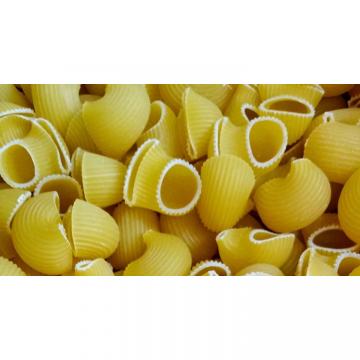



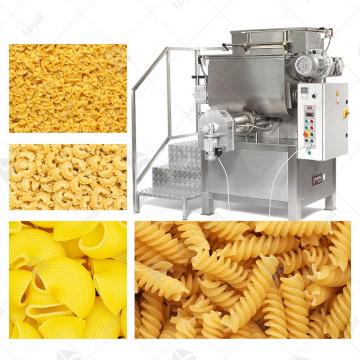
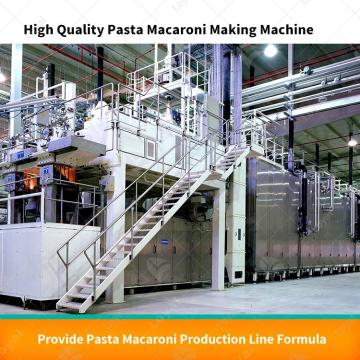 DRY PASTA PRESS MACHINE
DRY PASTA PRESS MACHINE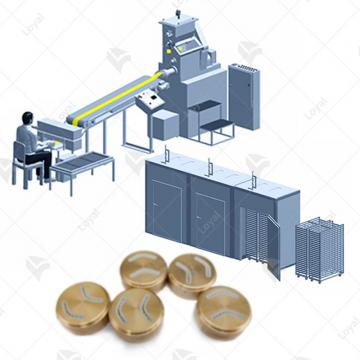 Dry Pasta Production Line
Dry Pasta Production Line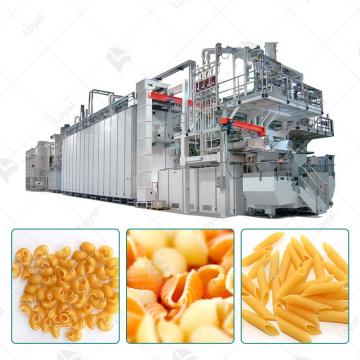 VACUUM PASTA EXTRUDER
VACUUM PASTA EXTRUDER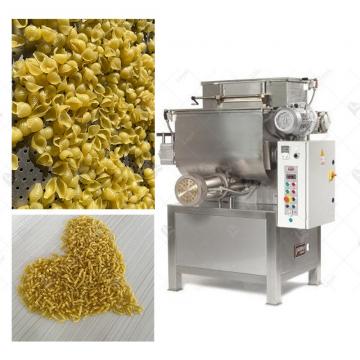 PRECOOKED PASTA PRODUCTION LINE
PRECOOKED PASTA PRODUCTION LINE